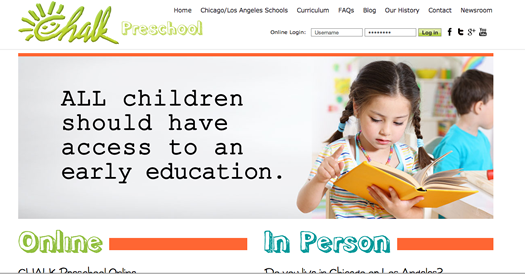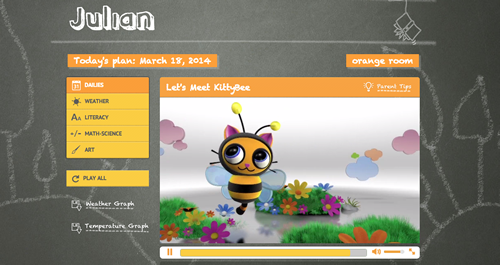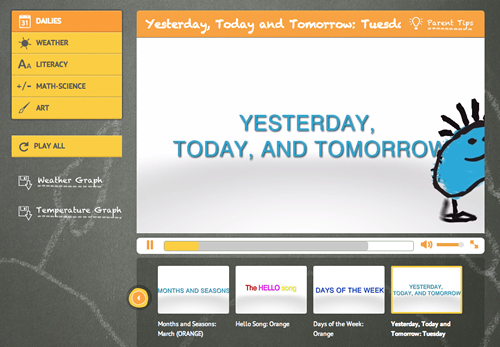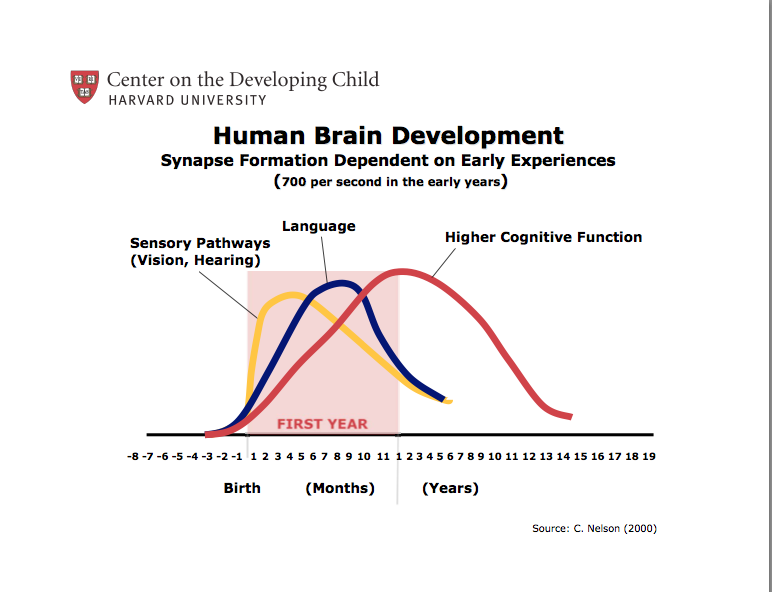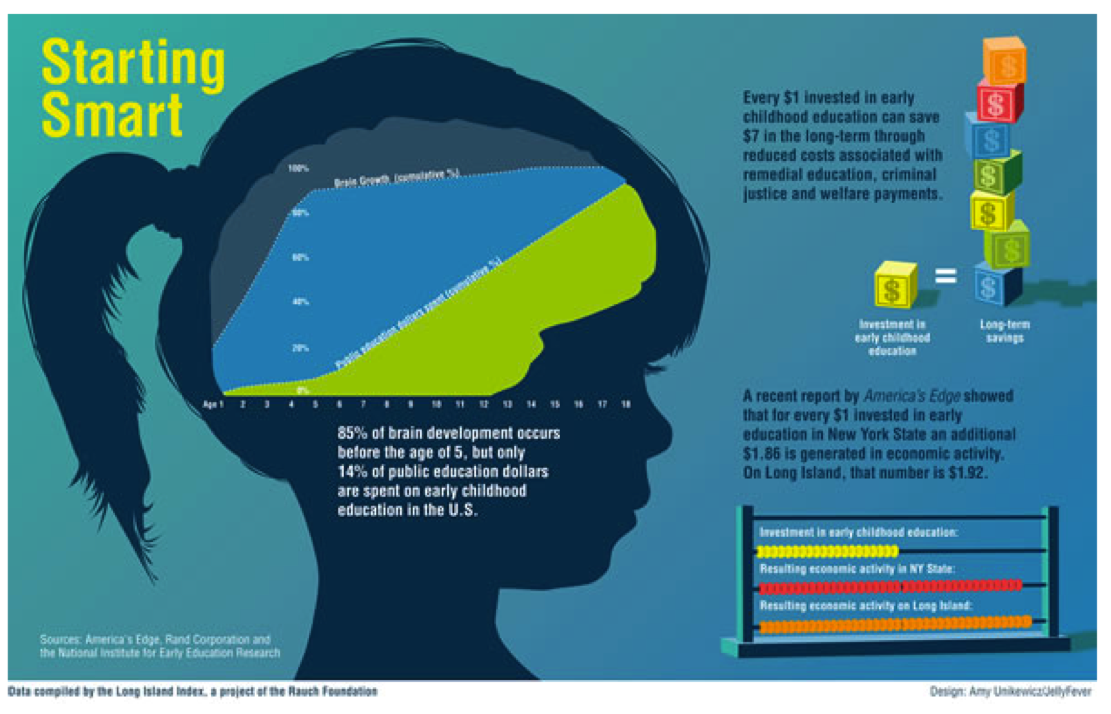NEW: Magical, Musical Children’s Book App
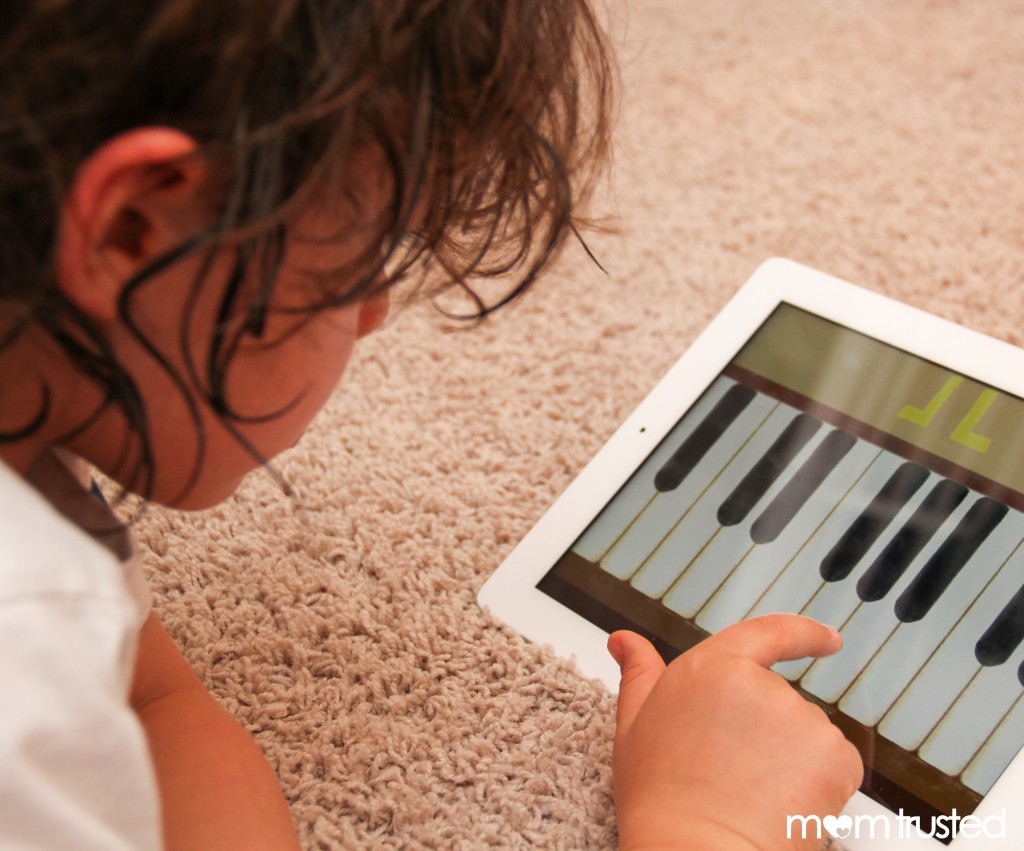
You know those interactive books that play sounds or maybe have something fuzzy to touch incorporated in them? Well, the apps that Box of Frogs Media creates takes those to the next level. They create downloadable books for children that allow kids to touch and interact with stories as they read. Pictures move, sounds play and children have the option to read the book themselves or have a narrator read the stories to them. As of now, the apps are available on iOS products, so owners of iPhone, iPads and iPod touches are welcome to download and share Box of Frogs Media’s stories with their children.
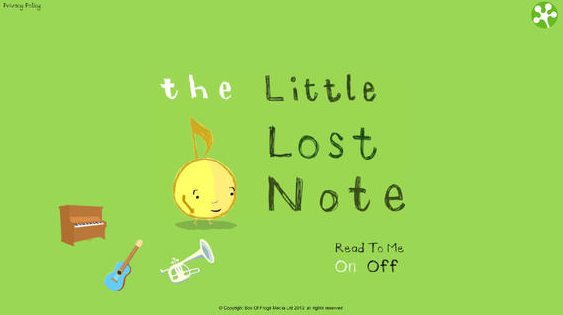
Little Lost Note
This book refers to a musical note, not the kind that you scribble on a piece of paper. The story focuses on a note who gets lost and needs to find her way back home. She hops from instrument to instrument searching for her home, not only teaching children about musical instruments, but also allowing them to actually play to each one that the little lost note tries out. If children read it as a bedtime story, they can tap the Zzzz on the screen to activate a quieter, night light reading mode. Reviewers rave about this children’s interactive bookapp, and it’s easy to see why.
Download it here.
COMING SOON: Birgitte Berteldatter
This digital book, soon to be released, focuses on explorer and adventurer Birgitte Berteldatter, who has seen wild animals all over the world. As Box of Frogs Media summarizes, “Slightly confused that these beasts only seem to appear to Birgitte, she makes notes and sketches of all the fantastic creatures she finds on her adventures, where the Rolling Beagle knows no fear, the Urban Flox will nibble your socks, and a trick to befriending the beautiful but rather pompous Royal Crested Tiger is to give him pink sherbet.” The digital book will feature hand-drawn pictures, hidden animations that can be discovered through swiping and tapping the screen, original music and, just like Little Lost Note, the option to read the book or have it read to you. As a bonus, children will even get the opportunity to draw their own animals and wild creatures, just like Birgitte Berteldatter.
We’re expecting lot more from this company in the future…keep track of what they’re doing here.
Why We Love CHALK Preschool Centers
At MomTrusted, we have a lot of favorites when it comes to preschools. We devote our time to spreading word of outstanding programs and helping match parents with child care and education options. One of the preschool programs at the top of our list is CHALK Preschool, available at several locations in the Chicago and Los Angeles areas. Here’s why we love them:
CHALK’s belief in the learning process
At CHALK Preschool, staff strives to appeal to all parts of learning in an effort to provide a well-rounded education and preparation for kindergarten. CHALK supports each child’s emotional, physical, social and cognitive growth through carefully chosen lesson plans. A warm and welcoming environment is what staff members of CHALK work to provide for every preschooler in the program. They stress hands-on activities, including, but not limited to, a wide variety of songs, games and crafts.
CHALK prepares children for the leap into school
Teaching is the main goal at CHALK Preschool, and each center focuses on preparing its students for kindergarten, prepping them for a long road of academic success. While the lessons focus on math, science and literacy, a CHALK education reaches beyond the traditional sense. The preschools also work to help young ones perfect their motor skills and help children acquire social skills.
CHALK offers an online program
CHALK Preschool gets a ton of bonus points for spreading knowledge around the world by offering an online preschool option. Parents can login whether or not their child is already enrolled in preschool. The lessons, which are focused around key points like literacy, math, science and more, can be used as bonus learning material for those already in a tradition preschool, or a unique, digital preschool option for those who don’t go to preschool every day. The online version is even free for parents to enroll their children in and use.
CHALK Preschool has a total of five locations spread between Chicago and New York. The first went up in 2005 and popular demand for the program resulted in more and more preschools. Children between the ages of two and five are welcome and the preschool accepts applications year-round, so don’t wait until next year to enroll. Schedule a tour and see if it’s a good fit for your child. Click here to find the closest Chalk Preschool to you.
See more examples of just one day of their online preschool program below.
UPDATE 1/26/15: Chalk’s free site is now available at www.freeonlinepreschool.com
Little Minds, Big Development
Early Childhood Brain Development
We believe early education and care is important – that’s pretty obvious. But, even with all the time we’ve spent around early education and care, we are still amazed at the power of a child’s mind. It is what makes early education so important. The Harvard Center on the Developing Child has a great graph that reminded me how truly amazing these little minds are if we nurture them right.
How are you fueling your child’s development?
It starts early
A great infographic pointing out how critical early education is in a child’s development. Today, there is not enough focus on these important years. The good news is there are a ton of simple activities and ways parents and educators can help build a child’s foundation.
Separation Anxiety: 8 Tips to help your child’s transition
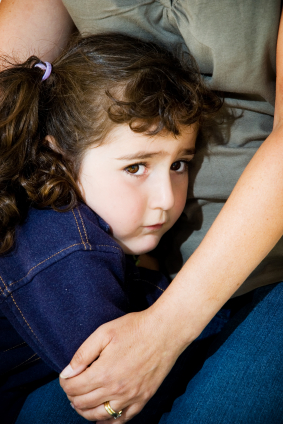 Finding childcare and/or preschool that fits your needs is a relief. That relief, however, is generally short lived as it quickly comes time to take your child for the first time. More accurately, it comes time to say goodbye to your child for the first time. This emotionally volatile, stomach-turning moment is some painful for everyone involved. Many preschool teachers and childcare providers would probably argue that the children are more resilient than their parents… so here are a few tips that will help you manage the separation anxiety on both sides and make those first couple of weeks less stressful.
Finding childcare and/or preschool that fits your needs is a relief. That relief, however, is generally short lived as it quickly comes time to take your child for the first time. More accurately, it comes time to say goodbye to your child for the first time. This emotionally volatile, stomach-turning moment is some painful for everyone involved. Many preschool teachers and childcare providers would probably argue that the children are more resilient than their parents… so here are a few tips that will help you manage the separation anxiety on both sides and make those first couple of weeks less stressful.
1. Prepare your child. Start talking to your child several weeks out about the changes that will take place. In language they can understand and make their own, talk through what the new day will look like.
2. Create excitement. As you talk to her, talk about the exciting things she will get to do in her new classroom or with her new friends.
3. Acknowledge it may be scary or sad. Be upbeat but don’t sugar coat the experience. Let him know he may be sad or get a bit scared and that is okay. Talk to him about what he can do if he feels like this. For younger children this is hard but it helps to focus on soothing activities or objects that will help him adjust.
4. Establish a routine. This is incredibly important. Children need structure and predictability especially in the face of change. Develop your own separation routine with your child. Let them help create the routine, making it theirs. It might be three hugs and 4 kisses. Or, it may be a story then waving goodbye from the window. Whatever it is, create it and stick to it.
5. Plan to stick around. The first week is usually the hardest. Schedule accordingly. Help your child ease into their new environment with you around as a safety net. Encourage him to explore more independently, gradually becoming more confident. This will help as you shorten your ‘drop off’ time
6. Find a goodbye buddy. Every preschool or childcare is different but if possible make a separation buddy. Talk with the teachers/staff members and determine what will work best for your schedule and who your child is naturally bonding with. Ideally, this will be part of your routine giving your child a sense of stability and security as you depart.
7. NEVER sneak away. While it may be tempting to slip away quietly while she is engaged in her new surroundings, you are only fanning any anxiety she may have. Mommy or Daddy disappearing is not a concept you want her to try to make sense of. Again, create your routine and stick to it.
8. Show interest in their day. Give your child a fun and open way to show you the things they did while you were away. This helps them know even though you are not their you still care and are thinking about them. It also makes finishing the day exciting and fun for them.
Stop Outsourcing Education
This is not about the marginal utility of labor or about the increase of enabling technologies that have made the world flat. This is about getting parents more involved in their child’s education.
First let’s agree on a few things:
– There is never enough time to do it all as parents…everyday we leave tons of things unfinished
– Our children have teachers
– There are lot of great gadgets, programs, tutors, etc that help our children learn
– There is no substitute for our involvement as parents
Our children need to see us, their parents, demonstrate learning and education is important. This starts at a very early age. Before our children ever touch the formal education system we have the opportunity to create and feed their appetite for learning.
From birth she is learning: learning to manipulate her fingers, express her emotions, recognize faces, and make sounds. Our opportunity, our responsibility starts from day one.
If we outsource that responsibility to the computer, her teachers, the T.V., or her tutor how, will she ever understand we find value in her education? More importantly, without an environment that encourages learning, what will she really learn? Most of us cannot educate our children alone. Teachers, tutors, and technology likely will all play a part. But the glue that holds them all together should be you…the parent.
Time for a healthy breakfast
Nutrition is a key ingredient in a child’s development. Nutrition plays an important role in long-term development but also in the day-to-day learning activity of young children. As a 2007 study pointed out the effects of nutrition are not limited to under nourished children, which clearly must be addressed, but also extends to children that many would consider well fed. They found statistically significant cognitive gains among all children who were given a vitamin and mineral supplement.
Recognizing the fundamental role of nutrition plays in the educational setting the U.S. Department of Agriculture just released a new proposal this week that changes the requirements for subsidized school lunches. The proposal was combined with new legislation extending the requirements to all school based lunches not just subsidized programs to improve nutritional standards for all school children and hopefully improve learning and development.
The proposal, though still in the early stages, changes the current standards to include more fresh fruits and vegetables and limits the amount of transfats and non whole grains served. While not blockbuster and likely still a couple of years from taking effect, the change highlights the importance of nutrition for a child’s learning and development.
As parents this is hopefully not news. It should be, however, a reminder that we (as parents) contribute to our children’s education and development in many important ways. Understanding all of the ways we can set our children up for success is the first step, making it a habit is the second and most important step. Most of us recognize the importance of healthy eating, but we also know how hectic the day can become when juggling work, kids, and any thing else life sends our way.
Morning times are probably the most challenging for most parents but most important for our children’s nutrition. The chaos that is the morning time generally determines at least two meals – breakfast and lunch. A small amount of planning can go a long way toward improving the morning time routines. Here are a few suggestions that may help alleviate the morning time stress and get you and the kids out of the house with a healthy meal in hand and stomach.
– Plan for the chaos when shopping: At the grocery store we all have grand plans and great meals in store, but those take time. Pick out items that are fast and nutritious for the morning. Ideally, they are items that are portable (ie a banana and whole grain peanut butter toast) having fast and healthy options available makes it much easier.
– Bedtime stories & brown bags: Add to your bedtime routine. Reading to our kids is critically important so why not go for the one two combination and involve your kids in packing their lunch for the next day. It’s an opportunity to have fun and involve your children in their own healthy development.
– Start early: Our children watch us from the very beginning. Create healthy habits from the very beginning, as they are much easier to reinforce and maintain than to create once they are older.

